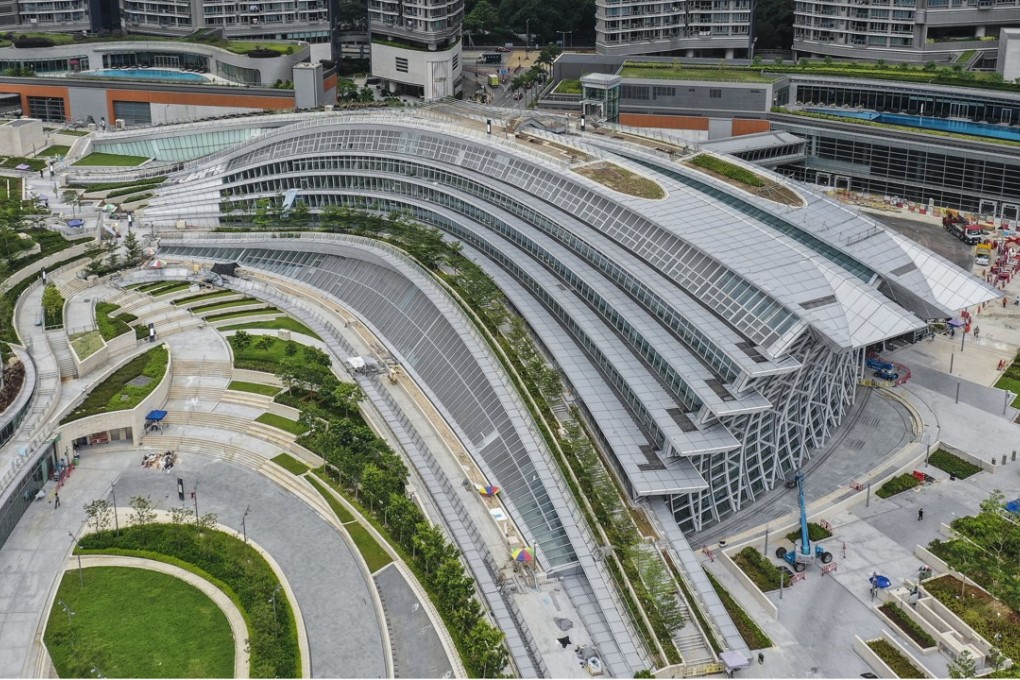Exclusive | Was Hong Kong’s high-speed rail line to mainland China worth all the sacrifices?
From evicted villagers to residents angered by its immigration arrangements, the over-budget project has made its fair share of enemies

New Territories farmer Fung Yu-chuk remembers the pain and protests a decade ago as if they were yesterday.
The 450 long-time residents of Choi Yuen, a quiet Yuen Long village, got the shock of their lives when they woke one day in November 2008 to find Lands Department notices pasted everywhere, telling them they would have to leave their homes and make way for the bulldozers.
Their village was in the way of a 26km high-speed rail line that would connect Hong Kong with mainland China, promising speedier trips to cities across the country.
“Life in the past at the old village was very comfortable,” recalled Fung, 57. “You didn’t have to close the doors because you knew everyone. You’d talk to anyone. We grew up with each other.”

The rail plan threatened to turn the villagers’ lives upside down. But they resisted, and were not alone. Thousands of Hongkongers came together over the years to fight against the project, and their forced eviction.
Some thought it would be a white elephant. Others did not believe the government’s cost projection of HK$66.9 billion. The outlay for the West Kowloon terminal and the Hong Kong section of the line eventually shot up to HK$84.4 billion, just as the protesters had feared.